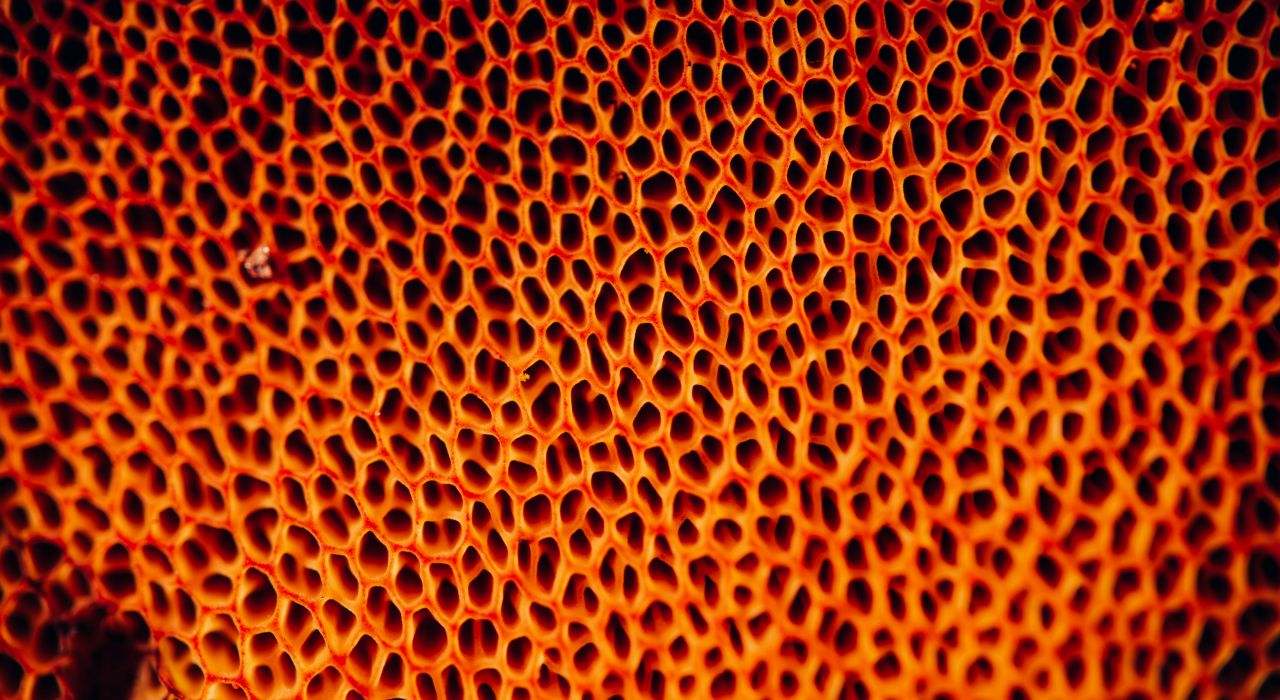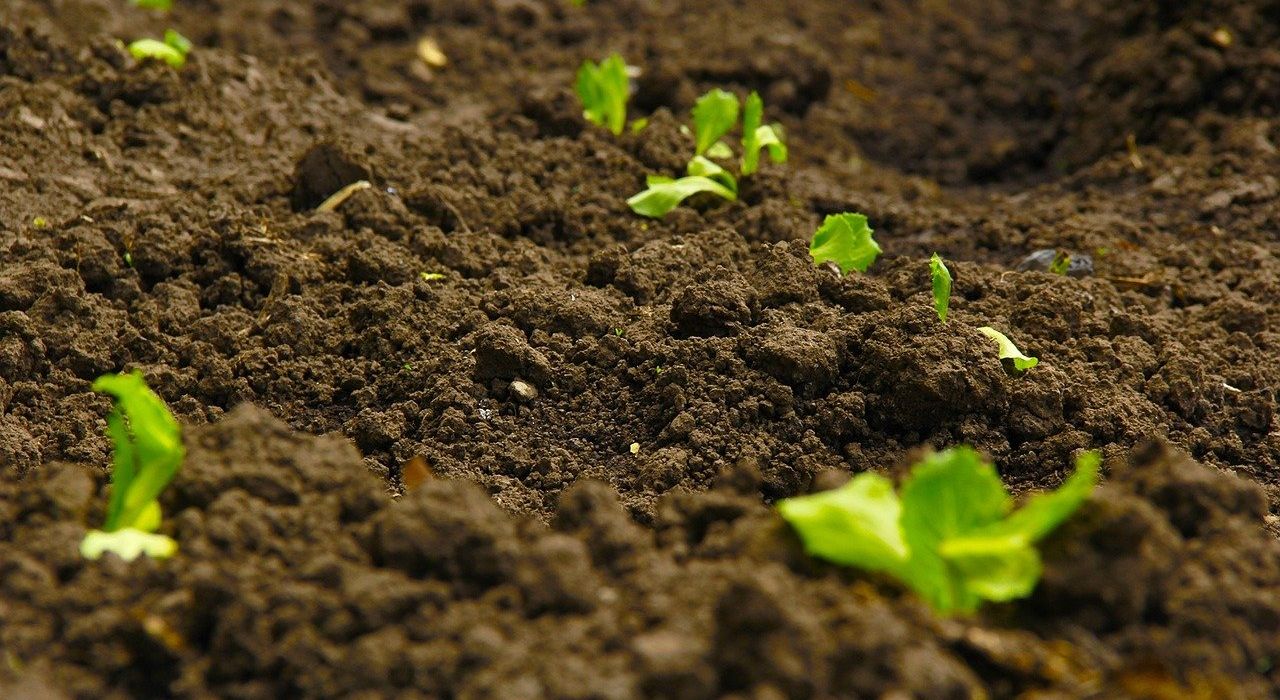During patent prosecution in the U.S., claims are given their broadest reasonable interpretation consistent with the specification. Ex parte Adel (Appeal No. 2020-006165) is a recent case in which the Patent Trial and Appeal Board (“Board”) found an examiner’s broad interpretation to be unreasonable.
Independent claim 1 recited (in part):
A process for manufacturing an edible water-in-oil emulsion, comprising the steps of:
a) providing a water-phase;
b) providing a liquid oil;
c) providing a fat powder comprising hardstock fat;
d) providing a hardstock fat in liquid form;
e) mixing the fat powder comprising hardstock fat, the hardstock fat in liquid form, and the liquid oil to form an oil-slurry, wherein the hardstock fat in liquid form is completely liquid before contact with the fat powder; …
The examiner rejected the claims as obvious over a combination of references. In the examiner’s proposed combination, the hardstock fat in liquid form included a portion that had crystallized (i.e., solidified) before contacting the fat powder.
The appellant argued that the existence of the crystallized portion meant that the hardstock fat in liquid form was not completely liquid before contact with the fat powder, contrary to the requirement of claim 1.
The examiner took the position that the hardstock fat containing the crystallized portion nonetheless satisfied the claim limitation of being “completely liquid.” The examiner noted that the primary reference described the hardstock fat as being “pumpable,” and stated that “[i]t is well understood that pumpable refers to the ability to move or transfer fluids or liquids.” The examiner took the position that the hardstock fat containing the crystallized portion “successfully meets the claimed limitation of the hardstock fat in liquid form [being] completely liquid.”
The Board disagreed with the examiner. The Board found it “unreasonable to interpret the term ‘completely liquid’ as encompassing hardstock fats that have already undergone some amount of crystallization. A liquid that has already undergone some amount of crystallization is not ‘completely’ liquid.” The Board found that such an “interpretation renders the word ‘completely’ a nullity, and such interpretations are disfavored.” Accordingly, the Board reversed the obviousness rejection.
Takeaway: U.S. examiners sometimes interpret the claims in a broader way than applicants intend. In such situations, it might be possible to argue that an examiner’s interpretation is unreasonably broad, and thus improper. Since examiners are likely to consider their interpretations to be reasonable, however, such arguments might require a supporting declaration from a skilled artisan, or an appeal to the PTAB.
Judges: Wilson, Kennedy, Gupta

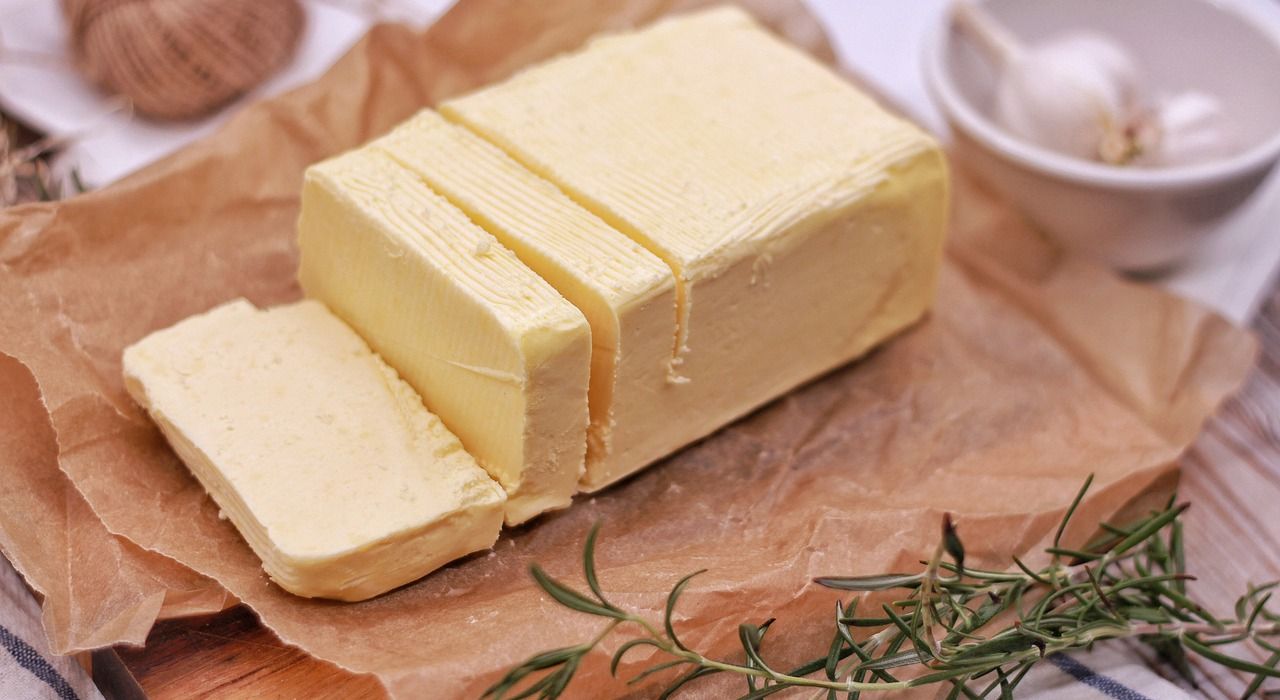
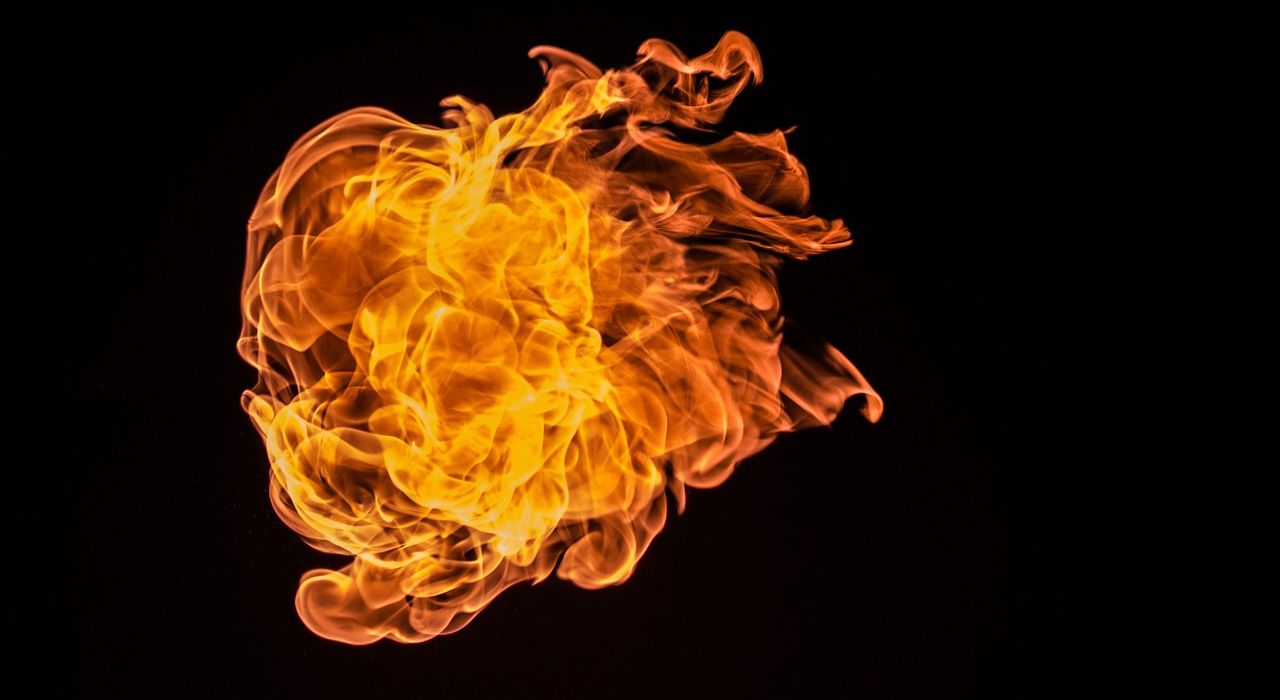
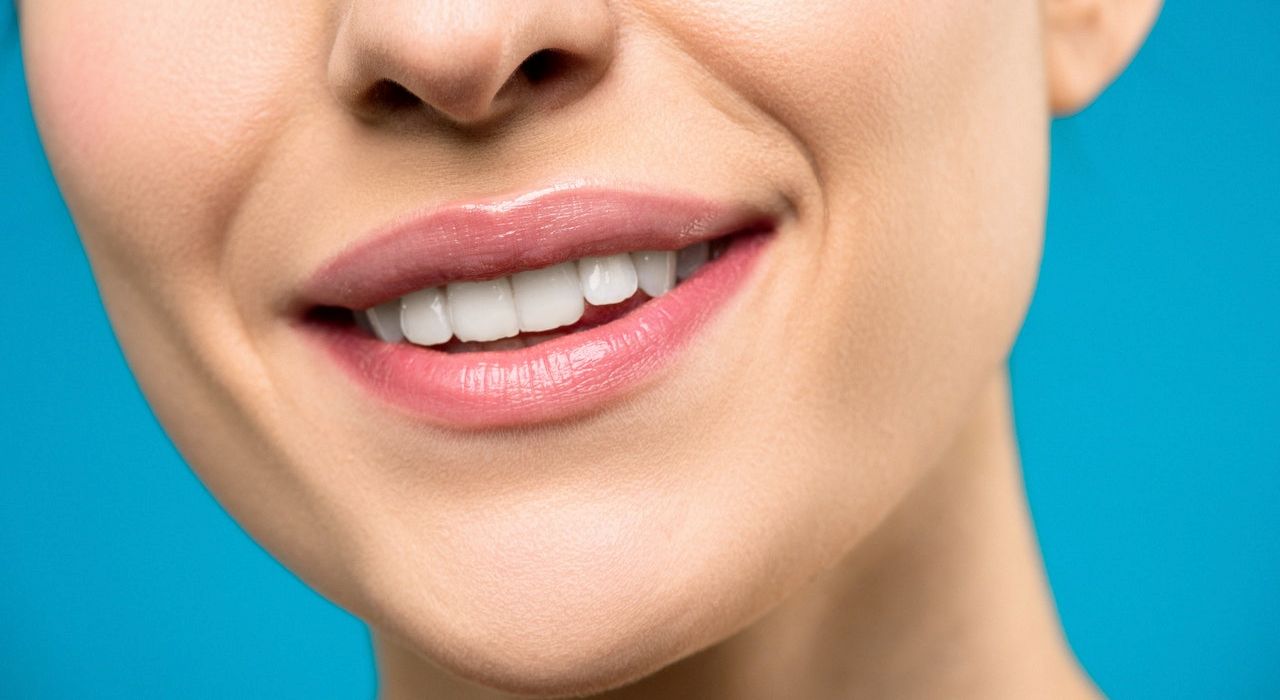



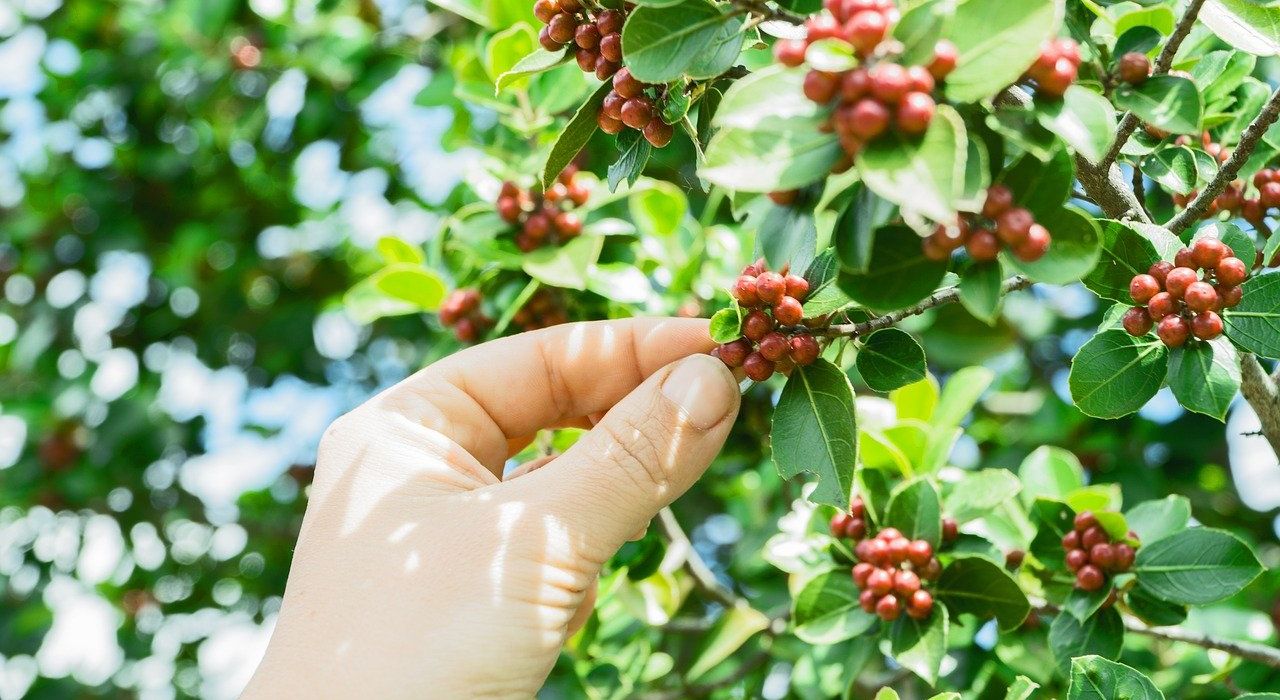

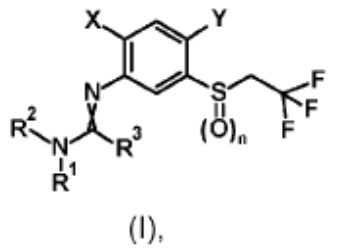
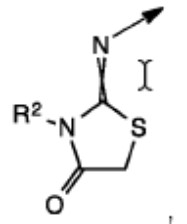
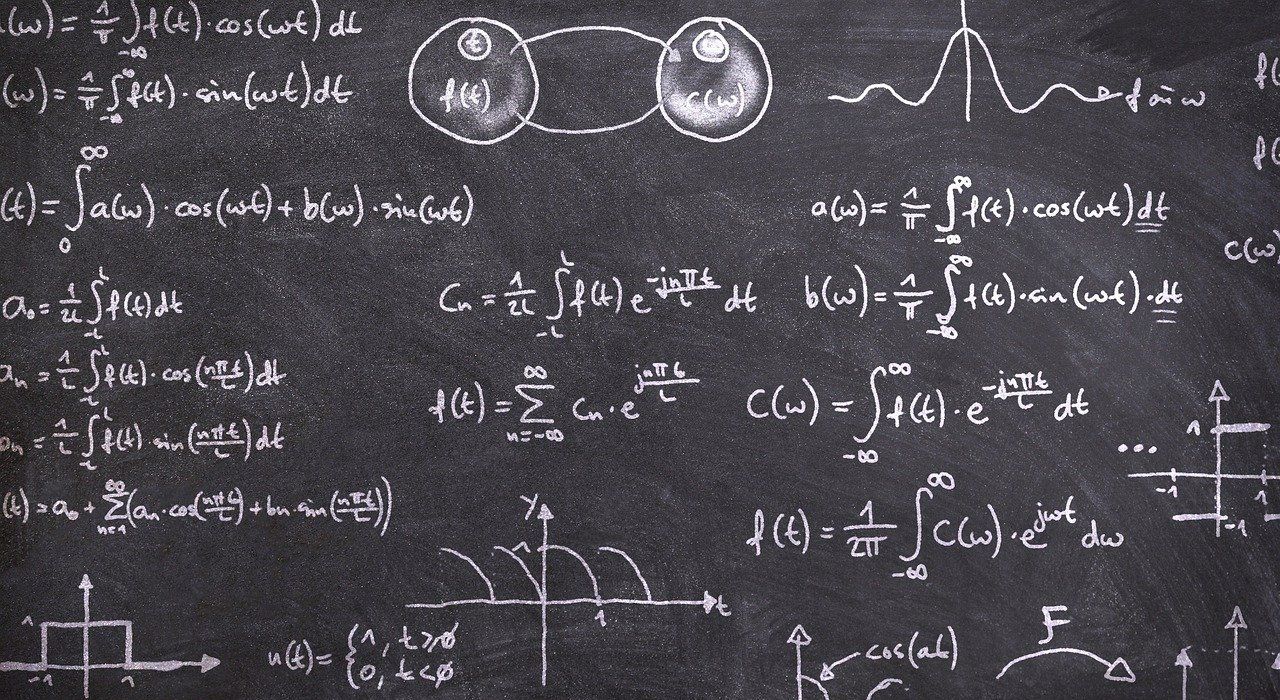
 (1)
(1)